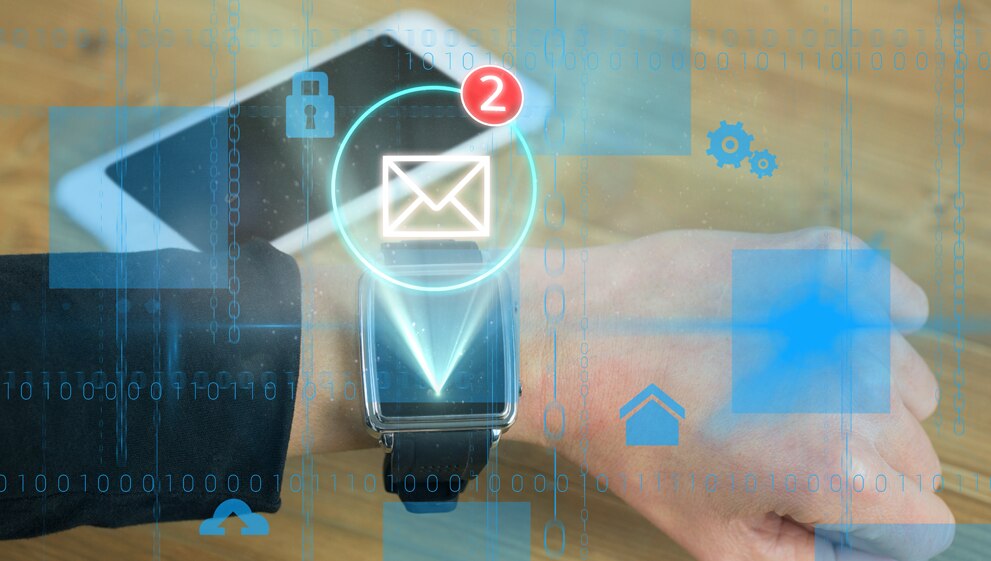In our increasingly connected world, email has become an indispensable communication tool. However, it has also opened the door to a flood of unwanted and potentially dangerous spam emails. These unsolicited messages not only clutter your inbox but can also pose serious security risks. In this article, we’ll dive into what spam email is, how to spot it, and most importantly, how to protect yourself with effective email safety best practices.
What is Spam Email?
Spam email refers to unsolicited bulk messages sent indiscriminately to a large number of recipients. These emails often promote dubious products, services, or schemes, and can even contain malicious links or attachments designed to compromise your security. Spam texts from emails have become increasingly sophisticated, making it crucial to stay vigilant and informed.
How to Identify Spam Emails
To safeguard your inbox, it’s essential to learn how to identify spam email. Here are some key red flags to watch out for:
Check the Sender’s Email Address
Spam emails often originate from strange or suspicious-looking email addresses. Hover over the sender’s name to reveal the full address, and be wary of domains that don’t match the company or individual they claim to represent. If in doubt, search for the official contact information of the supposed sender to verify legitimacy.
Be Cautious of Information Requests
Legitimate companies will never ask for sensitive information like passwords, credit card numbers, or Social Security numbers via unsolicited emails. If you receive a message requesting such details, it’s likely a phishing attempt. Instead of responding, directly visit the official website by typing the address into your browser to verify any account-related issues.
Watch Out for Urgency Tactics
Spam emails often employ urgency tactics to pressure you into hasty action. Be skeptical of subject lines containing words like “urgent,” “act now,” or “immediate response required.” Take a moment to assess the situation rationally before engaging with such messages.
Treat Attachments with Suspicion
Unless you are expecting a specific file from a trusted sender, avoid opening email attachments from unknown sources. Spam emails frequently use attachments to deliver malware that can infect your device and compromise your data. When in doubt, reach out to the supposed sender through an alternative verified channel to confirm the attachment’s legitimacy.
Email Safety Tips & Best Practices
Now that you know how to identify spam email, let’s explore some proactive measures to keep your inbox secure:
Enable Two-Factor Authentication (2FA)
Strengthen your email account security by enabling two-factor authentication. This adds an extra layer of protection by requiring a second form of verification, such as a code sent to your phone, in addition to your password. Most major email providers, including Gmail, Outlook, and Yahoo, offer 2FA options.
Use Spam Filters Effectively
Take advantage of your email provider’s built-in spam filtering features. These filters use advanced algorithms to automatically detect and isolate suspected spam emails. Regularly check your spam folder to ensure no legitimate messages have been incorrectly flagged, and mark any spam that slips through as “junk” to help train the filter over time.
Here’s how to configure spam filters in popular email clients:
| Email Provider | Spam Filter Configuration Steps |
|---|---|
| Gmail | 1. Go to Settings > Filters and Blocked Addresses 2. Create a new filter based on specific criteria (e.g., keywords, sender) 3. Select “Delete it” or “Mark as spam” as the action |
| Outlook | 1. Go to Settings > Mail > Junk Email 2. Adjust the protection level (Low, High, Safe Lists Only) 3. Add trusted senders to the Safe Senders list |
| Apple Mail | 1. Go to Mail > Preferences > Junk Mail 2. Enable “Enable junk mail filtering” 3. Customize settings for handling suspected junk mail |
Block Unwanted Senders
If you consistently receive spam emails from specific senders, consider blocking them altogether. Most email clients allow you to easily block individual email addresses or entire domains. Once blocked, messages from those senders will automatically be deleted or routed to your spam folder.
Follow these steps to block senders in popular email platforms:
- Gmail: Open the message, click the three-dot menu, and select “Block [Sender]”
- Outlook: Right-click the message, choose “Junk,” and then “Block Sender”
- Yahoo Mail: Open the message, click “Spam,” and then “Block Sender”
Invest in Robust Antivirus Software
Comprehensive antivirus software acts as a powerful email safety checker, scanning incoming messages and attachments for potential threats. It can detect and neutralize malicious links, phishing attempts, and malware payloads before they compromise your system. Quick Heal Total Security offers advanced email attachment safety features, real-time protection, and regular updates to stay ahead of the latest spam email tactics.
Be Selective About Sharing Your Email Address
To minimize your exposure to spam emails, be cautious about sharing your email address online. Avoid posting it publicly on websites or forums, as spammers often harvest addresses from these sources. When signing up for online services, consider using a separate email address dedicated to such registrations, keeping your primary inbox more secure.
Master the Art of Spotting and Stopping Sneaky Emails
In the battle against spam emails, knowledge is power. By understanding what is spam email, recognizing the telltale signs, and implementing email safety best practices, you can significantly reduce the clutter and risks associated with unsolicited messages.
Remember, email safety is an ongoing process. Stay informed about the latest email phishing safety tips, regularly update your antivirus software, and remain vigilant when reviewing your inbox. By adopting these proactive measures and using a reliable email spam checker like Quick Heal Total Security, you can reclaim control over your inbox and enjoy a safer, more productive email experience.



